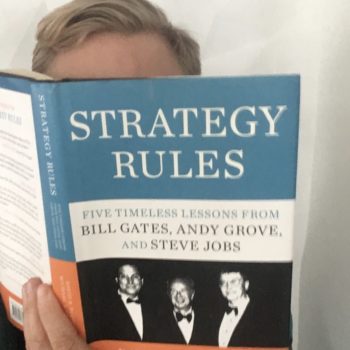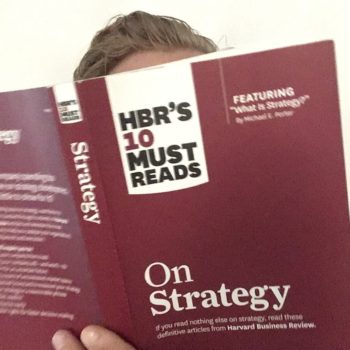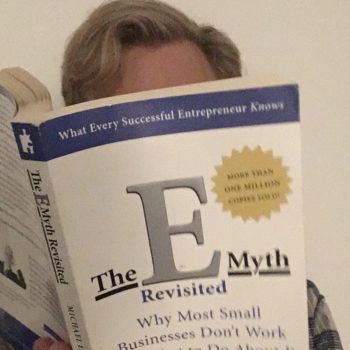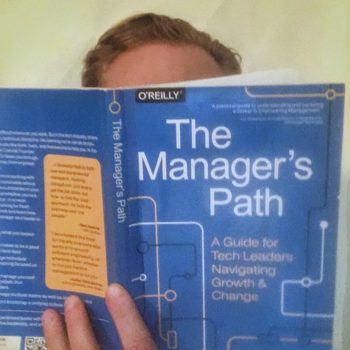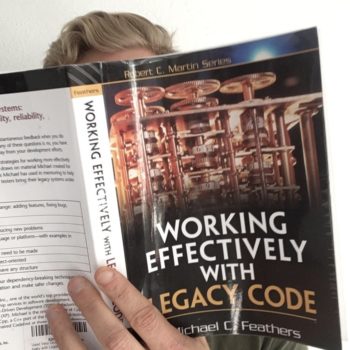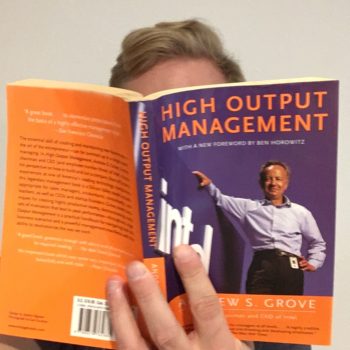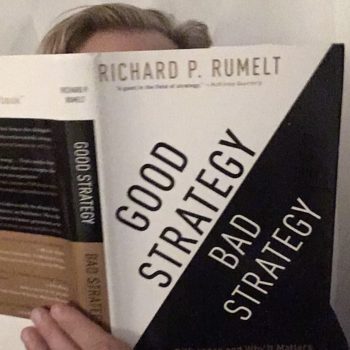
Good Strategy/Bad Strategy
The Difference and Why It Matters
Categories:
CTO,
Product Manager,
Startup Founder
How strongly do I recommend Good Strategy/Bad Strategy?
8 / 10
Review of Good Strategy/Bad Strategy
Good Strategy/Bad Strategy is a great read for anyone in a Director or above level, or for managers aspiring to promotion. You will learn both concept and tactical implementation details for delivering successful strategies. I’ve since used the ideas from this book to author technical strategy and recruiting strategy documents that I have shared with my team.
Top Ideas in This Book
- The purpose of strategy is to offer a viable way to overcome a key challenge
- Most bad strategies are just statements of desire rather than plans for overcoming obstacles
- The first step in strategy is identifying an insight to establish sustainable competitive advantage
- Strategy requires a diagnosis, guiding principle, and set of coherent actions to carry out the guiding principle
- Most strategic changes are caused by a change in diagnosis
- Unanimous consensus signals bad strategy from failure to make choices
- The difficulty in creating strategy is deciding what not do to
- Organizations should concentrate instead of spreading resources
- Excellence produced by a reinforcing strategic system is hard to replicate
- No strategy is guaranteed to work
The purpose of strategy is to offer a viable way to overcome a key challenge
Strategies develop around challenges and opportunities. When I’ve seen people struggle to develop or articulate a strategy it is usually because they do not sufficiently understand the problem.
Most bad strategies are just statements of desire rather than plans for overcoming obstacles
Many bad strategies are just business goals masked as strategies. 10% increase in revenue. Become the market leader. Decrease costs by 20%. These don’t tell you anything about the problem or how the organization can achieve these goals.
The first step in strategy is identifying an insight to establish sustainable competitive advantage
Strategy starts with insight, which means the people developing your strategy better understand the problem, have a proclivity for divergent thinking, and think long-term.
Strategy requires a diagnosis, guiding principle, and set of coherent actions to carry out the guiding principle
I started using this format to develop technical strategy documents and have found that it works really well. The diagnosis helps people understand the situation and key challenges. The guiding principle sets the stage for all the coherent actions that follow.
Most strategic changes are caused by a change in diagnosis
Strategies usually change because the environment inside or outside of your organization changes. Because these changes are constant, reevaluating strategy periodically feels worthwhile.
Unanimous consensus signals bad strategy from failure to make choices
Strategy requires tradeoffs, which means disagreement not unanimous consensus. When you sense everyone is onboard, you probably have false alignment or a weak strategy.
When I author strategy documents, I explicitly list “tradeoffs we are willing to accept” so my team understands that good strategy will not satisfy every desire.
The difficulty in creating strategy is deciding what not do to
Just like in product development, there exists no shortage of ideas when it comes to strategy. The challenge is deciding what not to do and communicating that decision through the organization, reaching alignment through either agreement or a “disagree and commit” mentality.
Organizations should concentrate instead of spreading resources
Strategies go off the rails when resource allocation does not align with the strategy. Usually this happens by spreading resources too thin, often across old and new strategies, rather than focusing resources on the new strategy.
Excellence produced by a reinforcing strategic system is hard to replicate
The best strategies have reinforcing elements that individually may be easy to replicate, but in combination are quite difficult to replicate.
No strategy is guaranteed to work
People love guarantees and mitigating risk, but no strategy is guaranteed to work. If people start making guarantees around strategy, it probably signals their inexperience or unwillingness to make tradeoffs and therefore presenting a weak strategy.


